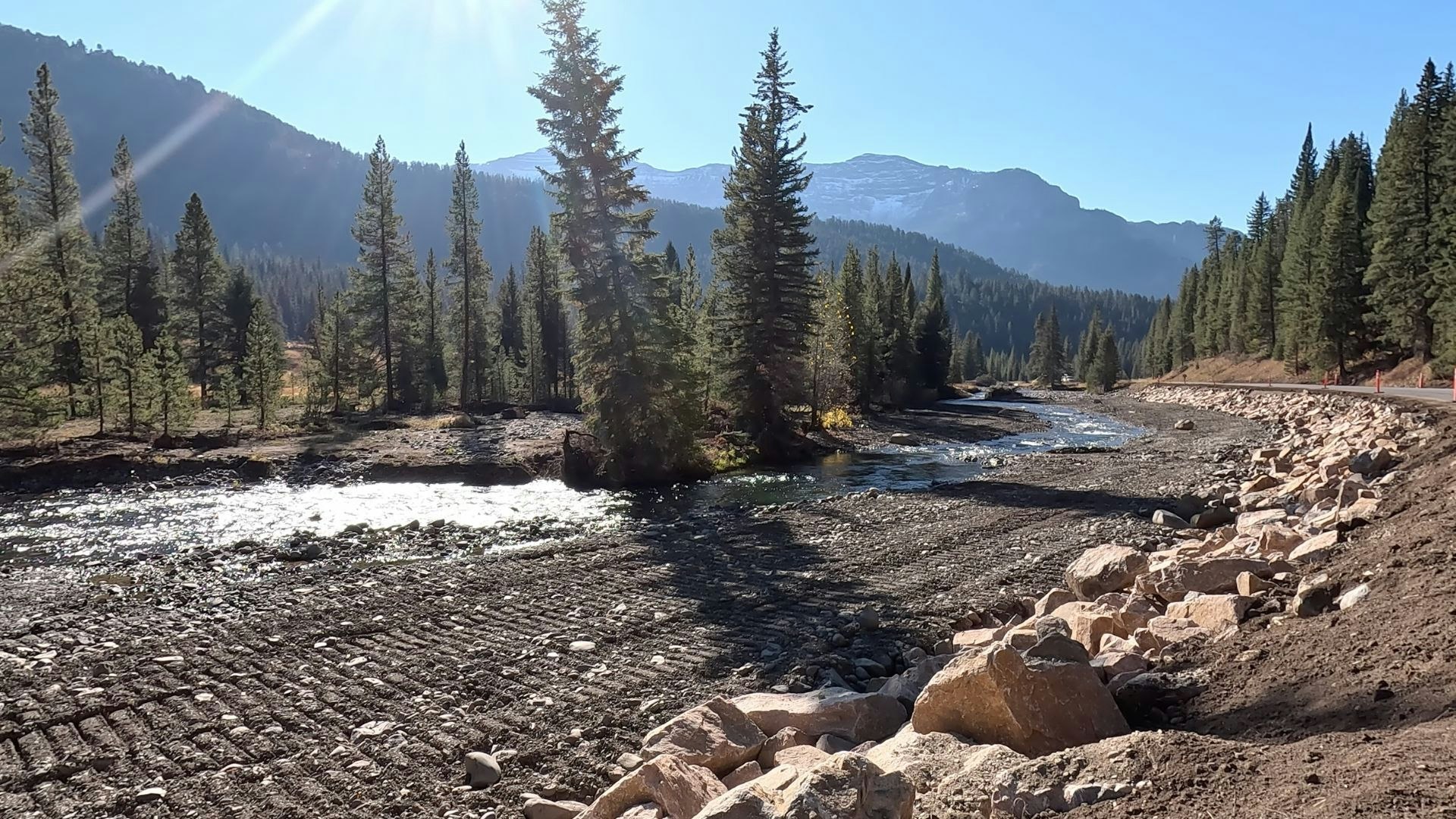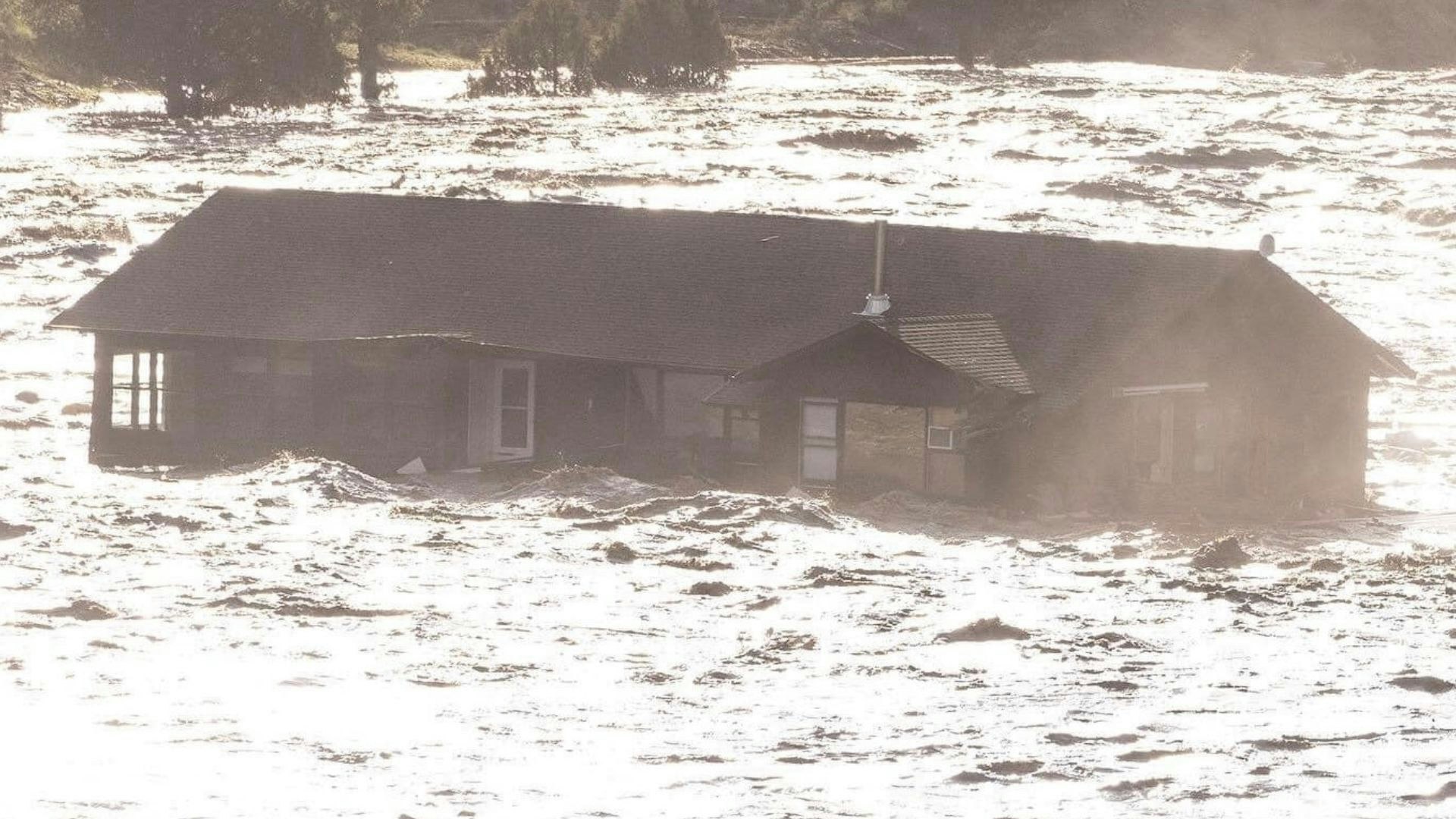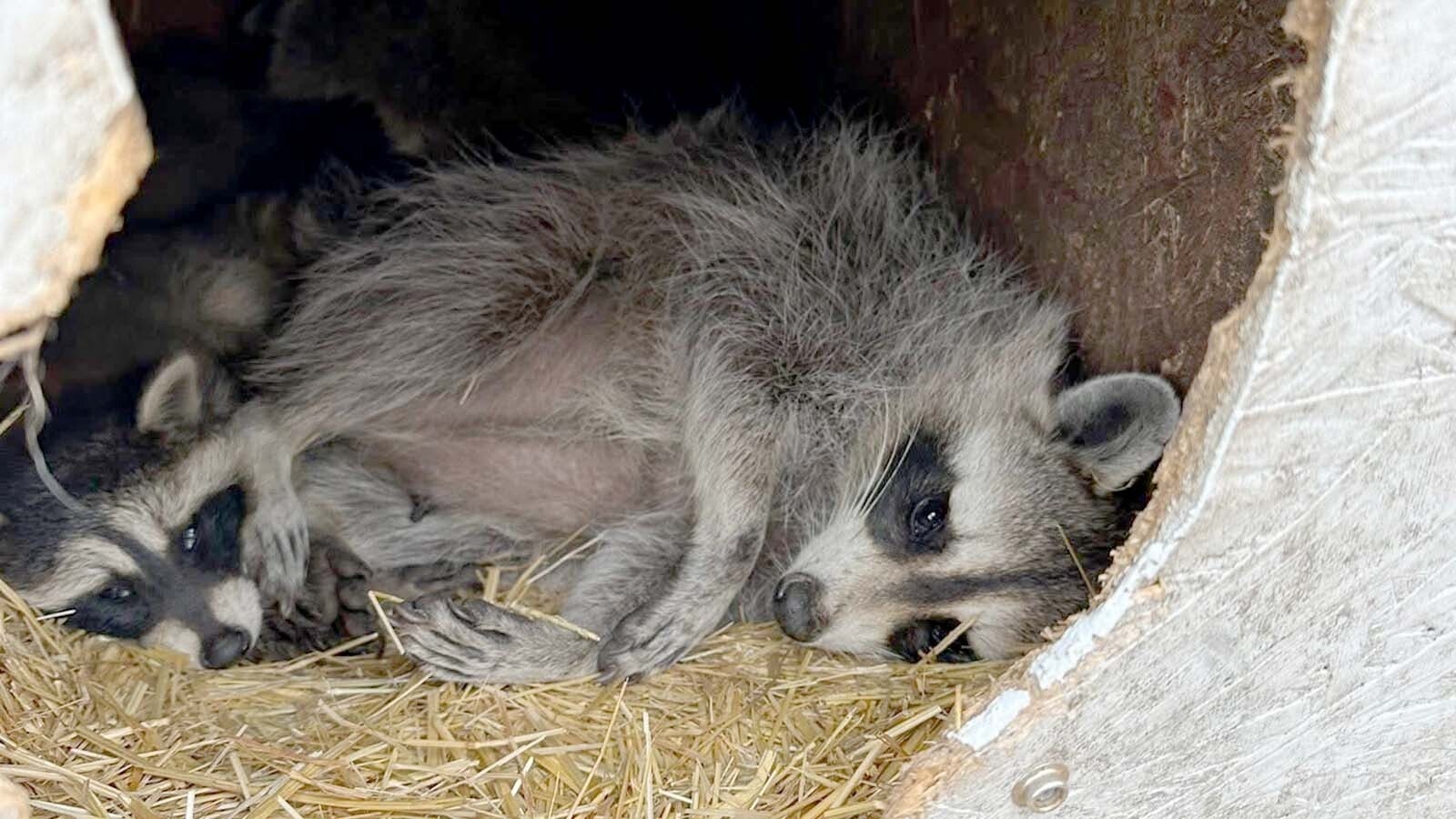Weather conditions created the perfect storm in Yellowstone National Park in early June of 2022.
Considerable snowpack that hadn’t yet melted, along with a spike in temperatures, topped off by a significant rainfall event, caused runoff to cascade swiftly down the Yellowstone and Lamar Rivers. This created a powerful flood event that swept away bridges, undercut roads, and even claimed a house near Gardiner, Montana.
For several days prior to Monday, June 13, Yellowstone received 2 to 3 inches of rain that fell on approximately 5-1/2 inches of snow. The precipitation and associated warming temperatures melted the snow and caused a major flood event in most of the northern range of Yellowstone, swelling the Yellowstone and Lamar rivers, and all of the associated tributaries, to levels not seen before in the park’s recorded history.
But Yellowstone Superintendent Cam Sholly told Cowboy State Daily that a year later, visitation to America’s first National Park has rebounded.
“Our inbound vehicle numbers are higher than in 2019, pre-COVID,” Sholly said.
Sholly said that before the river raged through the northern part of Yellowstone, the summer of 2022 was gearing up to be a busy year.
“Based on what we saw up until June 13, we probably would have surpassed 2019 (visitation numbers),” Sholly said.
But the number of tourists entering the gates this year is making up for lost time.
“We've got almost three thousand cars a day on the north entrance road right now – on the new road – which is a higher number than what was coming in, in 2019.”

Highway Construction
The new road Sholly referred to is the old stagecoach trail that was an alternative route for locals traveling between Gardiner and Mammoth Hot Springs, where Yellowstone’s administrative offices are located. The flood on June 13 completely cut off Gardiner from Yellowstone, but the old dirt road was more easily repaired – so officials decided to bolster that route as a temporary passage while a new highway and bridge is in the planning process.
“That road is doing its job,” said Sholly. “Obviously it was built very quickly, and it's steep and curvy and those types of things. But we haven't had major accidents on that road, knock on wood.”
He pointed out that the Gardiner road project has gone through its own evolution of sorts, when officials came to realize that this “temporary” access might be in place for several years.
“Halfway through, we went back and adjusted the plan to widen the curve, knowing that we are going to be using this for three or four years,” said Sholly. “We didn't want to have length restrictions in place year after year after year, and that’s accommodated a lot of traffic that otherwise might not have been able to get into this entrance.”
Northern Corridor Complications
But Gardiner residents weren’t the only ones affected by the flood. Year-round residents of Cooke City and Silver Gate, Montana, at the northeast entrance to Yellowstone, were in even more dire straits, as the road between the northeast entrance and Mammoth was destroyed in multiple places. And in the winter, without access to that highway, Cooke City and Silver Gate residents would be cut off from all outside resources because a large segment of the road to Cody is unplowed during the winter.
“Getting that road done before the winter was critical,” said Sholly. “I think some people don't understand that had we not hit our targets last fall, everyone's worlds around here would have been altered significantly. We would have had to probably plow to West Yellowstone, which would have thrown up a huge amount of issues into our winter use plan, with snowmobiles and snow coaches and all the businesses that rely on access to the park.”
More Yet To Do
Sholly said despite the progress that was made in such a short period of time, there are still a multitude of flood clean-up projects yet to be completed.
“We didn't finish that section at Lamar Canyon, where the river undercut the lanes, or came close to undercutting the lanes,” said Sholly, who said for the last month or more, crews have been working to shift that road further away from the river. “They did some blasting earlier this week, and we'll get that taken care of here in the next couple of months.”
Additionally, Sholly said that because transportation access was critical in the months after the flood, campgrounds that were closed still need attention.
“We've got a lot of cleanup work still to do, and so we're kind of getting those things queued up,” he said.
But perhaps one of the biggest challenges is repairing the infrastructure at Mammoth Hot Springs.
“We’re still trying to get the wastewater system up and running here in Mammoth,” said Sholly. “That's probably a two to three year project under normal circumstances, but trying to do it in nine months with one of the heaviest winters that we've seen in quite a long time, it's been delayed a little bit – but we're going to get that up and running here soon.”
2022 Flood Vs. 1988 Fires
Sholly said that there have been some attempts to draw parallels between the June 13, 2022 flood and the fires of 1988. But despite the similar impacts on the Yellowstone landscape, the two disasters were quite different.
“The fires were a gradual build, and a lot of the park was open throughout the summer, and then a lot of areas started closing especially later in August that year,” said Sholly. “Whereas this, this happened literally overnight.”
Oddly enough, Sholly said, the staff’s experience with the pandemic set them up for emergency situations such as the 2022 flood.
“We had already established very good communications channels with the communities and the business owners, so we were able to get that moving very, very quickly as far as what was happening in the park and what the plan was,” he said. “That was a very complicated incident last year, you had not only the emergency response and the evacuation of the park, but then trying to get a plan together to fix the damaged sections of the park, and think about what you could reopen as quickly as possible to salvage whatever we could for the communities and the counties and states.”
Empowering the Workforce
Sholly said that looking back at the staff’s immediate response to the 2022 flood event, there’s not much that he would do differently.
“There's not a bunch of things where I go, ‘I wish that would have been different,’ or ‘We should have done this instead of that,’” he said. “Maybe it's reinforced our need to ensure our workforce, just like they did last year, continues to be empowered to make decisions. If they see something that's not going right, or something that they need to make a decision on the ground, that they've got the power to do that.”

Praise For Partners
Sholly had high praise for all the partners who undertook complicated tasks within tight time constraints – not only with the construction projects, but with the lifesaving efforts made as the flood was happening.
“I've commended our team here as far as saving people's lives and closing those road corridors before they washed out,” said Sholly.
He said the highway construction projects have proceeded as well as they possibly could.
“We had really a lot of good things in line last summer with, first of all, incredible support, a great team effort, a lot of good weather through October at least,” he said. “And we had excellent contractors and excellent support from federal highways, and the Interior Department and Department of Transportation and Congress. I just couldn't be more proud of how everybody came together in such a short timeframe to accomplish so much.”
Public Input On Spending
Sholly said that the public will soon have an opportunity to weigh in on the projects that have been proposed to replace the highway into Yellowstone from the north.
“We'll put out three alternatives to the public here probably later this year on what the permanent road alignment will be between here and Gardiner,” said Sholly. “Thanks to the Department of Interior and Congress, we've got a very substantial flood recovery and emergency recovery appropriation that can be used to do the permanent repairs.”
Sholly said that last year the transportation commission allotted between $60 and $70 million to undertake the short term repairs, so officials are taking a careful look at what the best options are to invest that money into the necessary infrastructure improvements.
“We want to make sure that we make decisions that are resilient to anything that might come our way in the future, so we don't go through another similar situation,” he said. “The public can look forward to seeing some of those alternatives and weighing in with their thoughts on which direction we should go on that front.”
'Whatever Normal Is'
But Sholly said the primary focus of staff at Yellowstone National Park at this moment is to return to a normal operating status.
“We've got to kind of get back to normal – whatever normal operational mode is,” he said. “I think we salvaged as much as we could (last year) because of quick action, and I think this year, absent something unforeseen happening, we'll have a great summer.”








